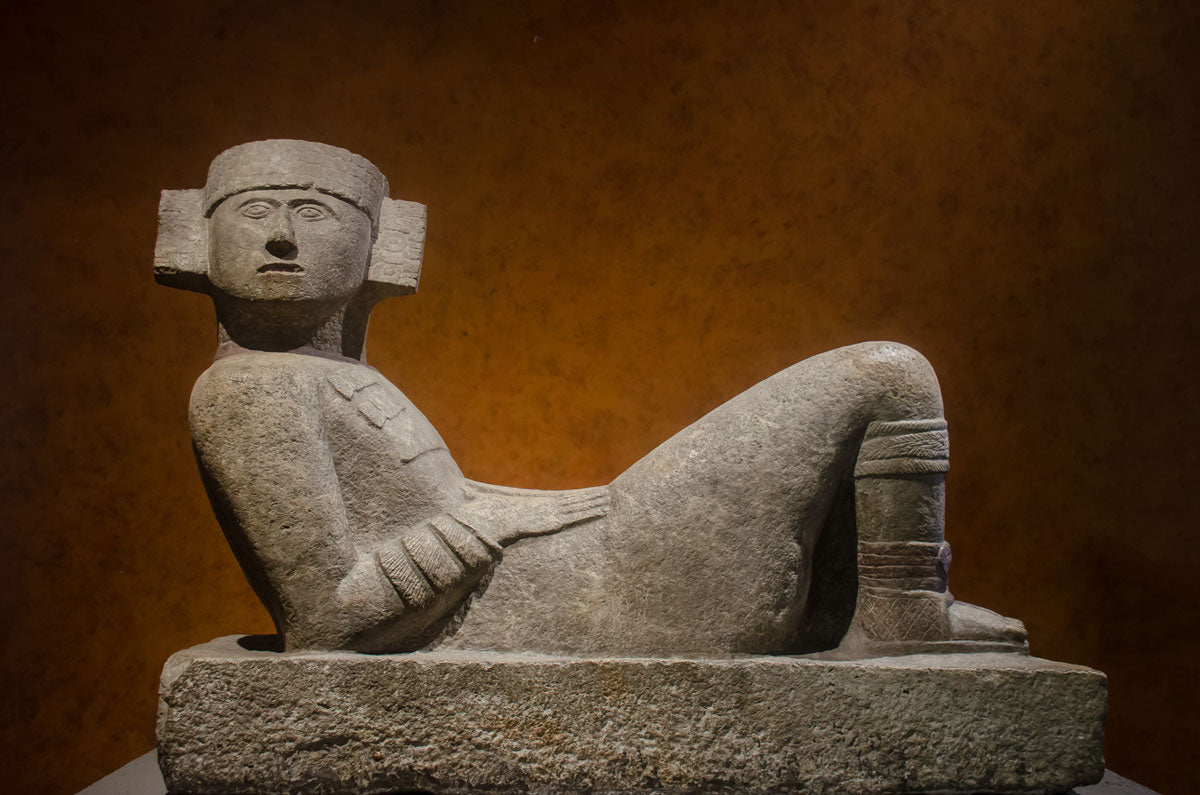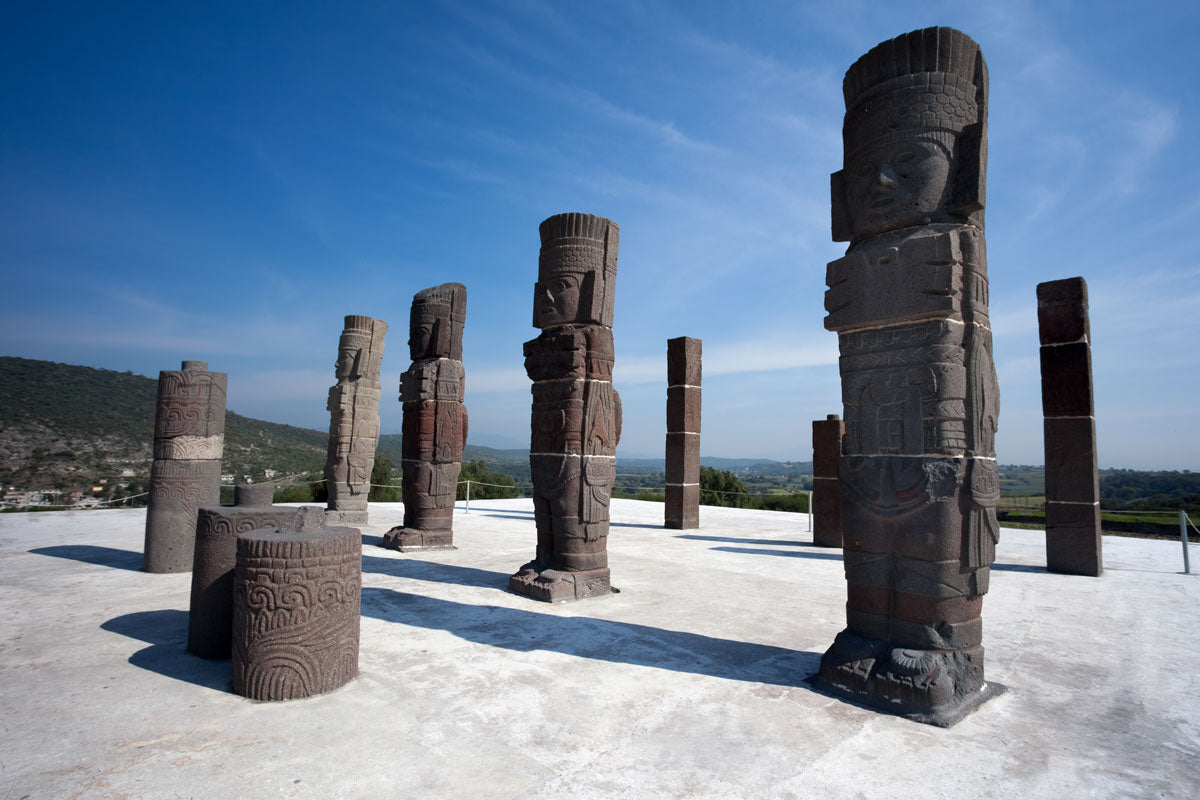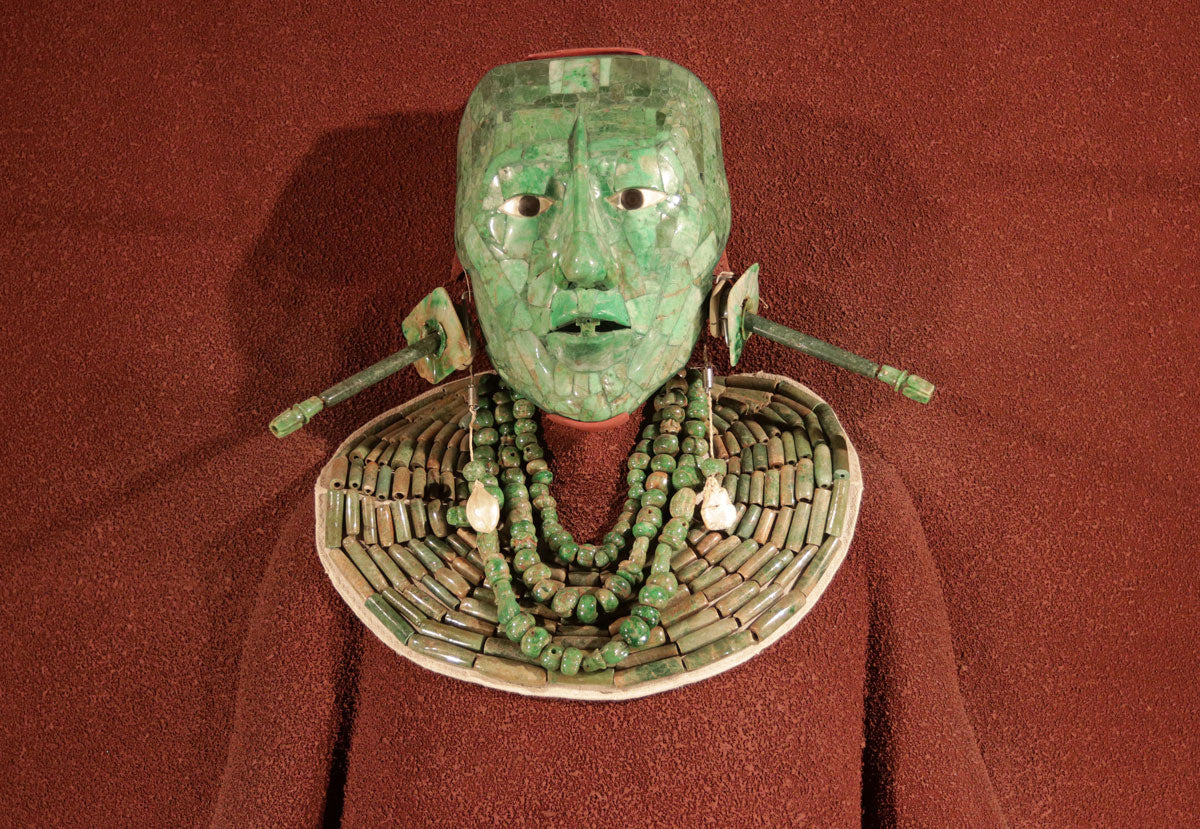Rocks were one of the first materials to be used in the history of humanity to be transformed into objects. The geographical region of Mesoamerica, area currently occupied by Mexico, was not the exception. Here, many cultures flourished and with them a great production of utilitarian, decorative, and spiritual elements, made from this material.
The reason why this material was employed from primitive times responds, in general terms, to it being easily obtained from nature and because it can be transformed through rough hitting and carving. During the Lithic Age, other materials were used, like bone, wood, straw, and clay, for example. However, rocks are elements with an exceptional strength, which undoubtedly contributed to a greater amount of vestiges.

It was used widely in our region; proof of this is that a wide range of these objects can be seen in any anthropology museum or archeological site.
The rock variety used during this period responded mainly to geographical availability for different cultures. For buildings and everyday objects, they usually used basalt, limestone, and tezontle. Jade, obsidian, and onyx were employed for decorative elements and some tools.

For ceremonial buildings, very popular at the time, limestone was the great protagonist. A soft rock, easy to extract, considering that back then tools were rudimentary. Once placed in its spot inside the building, it was combined with mortar (mixture made with ground limestone), the equivalent to today’s cement. Some of its uses include the construction of foundations, pillars, lintels and, in some cases, complete megalithic edifications.
The use of obsidian is worth highlighting as well, an element classified as volcanic or mineraloid glass. It was the most efficient natural material for the creation of cutting instruments and spear tips, even for making decorative and spiritual objects. Black colored, with small tone variations, it has the peculiar feature that, when it is cut in a parallel way, its color is black yet perpendicularly, it is gray.
When talking about jade, a series of subcategories of semiprecious stones is covered. In Mesoamerican cultures, mainly jadeite in blue and green hues. Greatly valued for its rarity, shine, and smoothness, perhaps no other rock was as attached to Mesoamerican cultures as this was, being abundance, life, and the cosmos its most significant values.

Onyx, considered to be a semiprecious stone, was also used to create vessels, spear tips, masks, and decorative details. It is mainly black and white, but its tones can range from orange, red, yellow, brownish grey, reddish, white, and brown, among others.
Today, the aforementioned kinds of stone are still obtained through modern extraction techniques. Limestone is one of the components in gray cement, but it is also employed as decorative stone in construction. Jade and obsidian have its main uses in the jewelry industry and the creation of decorative objects. As for the onyx, Mexico is currently one of the main producers in the world. These materials, in addition to their natural beauty, have the historical weight of having been used by ancient cultures.


